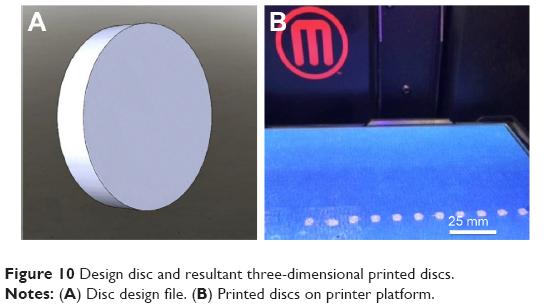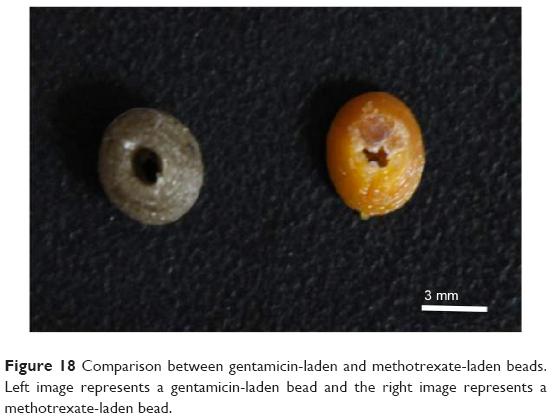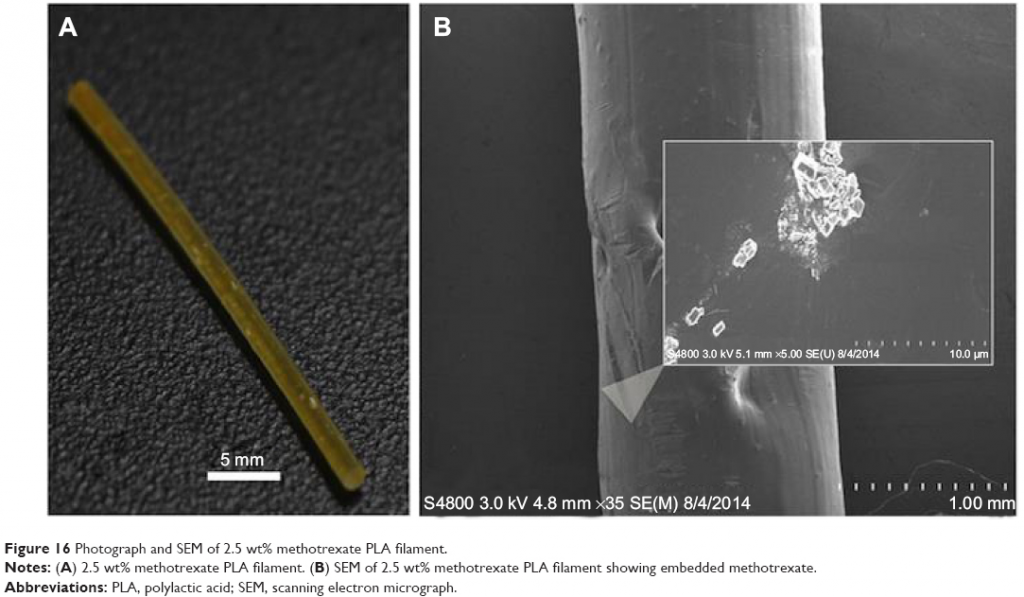 As technology moves at rapid speed, yes, akin to lightning, we greedily expect more and more, faster and faster. For the most part, things are moving along faster behind the scenes than we have any comprehension of, but the constant public pressure is there as many people are affected by cancer and other diseases on a daily basis.
As technology moves at rapid speed, yes, akin to lightning, we greedily expect more and more, faster and faster. For the most part, things are moving along faster behind the scenes than we have any comprehension of, but the constant public pressure is there as many people are affected by cancer and other diseases on a daily basis.
On a social media site recently, I was reading an article about 3D printing discussing something rather enlightening, and one of the comments under the article expressed frustration that we have the ability to 3D print everything under the sun, but hey, we can’t cure cancer yet — and what’s up with that? Obviously, that’s a huge conversation and a question for the medical experts, but we do know for sure that 3D printing is being used to improve the quality of human lives in many ways, as well as saving them in some amazing and inspiring cases.
3D printing is often about simplifying and streamlining a process in ways never previously considered. In that journey, prototypes and procedures often become not only more affordable, but also higher in quality. As it stands right now, 3D printing may not be curing cancer today, but you can rest assured it is under intense scrutiny and exploration for its potential applications in medicine, to include tissue engineering and a number of processes already a reality regarding the 3D printing of medications, devices, and prosthetics.
Now, 3D printing may soon be providing a better vehicle for delivering both implanted antibiotic and chemotherapy treatment, as stated in a recent study and collaboration by researchers at LSU and filament equipment maker ExtrusionBot. The two teamed up in a study regarding the use of 3D printing and specific filament as a vehicle for delivering biomedical applications such as antibiotics for osteomyelitis, which is an infection of the bone caused by numerous things, but mainly caused by an infection elsewhere in the body which travels through the blood and into the bone.
In researching the idea, a bioactive 3D printing filament was created, which employs gentamicin sulfate and methotrexate for delivery to the infected sites. Along with this study, once they deduced it would be successful for antibiotic treatment, they applied it to chemotherapy, with similar promise.
With the goal of using efficient, fast treatment custom made for each patient, the team found a potential way to deliver antibiotics to  patients better with 3D printed pellets, also alleviating current concerns associated with systemic delivery of antibiotics. The use of internally implanted antibiotics is not a new notion or treatment, but they do currently pose some negatives, such as:
patients better with 3D printed pellets, also alleviating current concerns associated with systemic delivery of antibiotics. The use of internally implanted antibiotics is not a new notion or treatment, but they do currently pose some negatives, such as:
- Poor biocompatibility
- Inferior release of medication
- Eventual need for surgical removal
- Potential cytotoxic effects to other areas not infected
For the project, SolidWorks was used for all the 3D design. They then used an ExtrusionBot filament extruder to extrude PLA-coated filament pellets which were used for 3D printing with a MakerBot 2X. No support materials were used, and the printer bed was sterilized. Different sized discs were experimented with for printing, with a print time of about one minute ‘per construct.’
 The researchers also took time to construct a partial catheter, featuring a single drainage hole. The 3D printed items were tested in a number of forms including beads, discs, and the catheter. In testing the 3D printed beads, the additives, gentamicin or methotrexate, were suspended on the upper part of the bead and manipulated for even disbursement. They did have to refine the temperature used for 3D printing as well as the oil coating to get the proper solidity and vehicle for the medication/additive.
The researchers also took time to construct a partial catheter, featuring a single drainage hole. The 3D printed items were tested in a number of forms including beads, discs, and the catheter. In testing the 3D printed beads, the additives, gentamicin or methotrexate, were suspended on the upper part of the bead and manipulated for even disbursement. They did have to refine the temperature used for 3D printing as well as the oil coating to get the proper solidity and vehicle for the medication/additive.
Research found that the 3D printing process did not inhibit or mar the antibiotic properties. One of the biggest benefits and unique qualities regarding the 3D printing process of these antibiotic-coated beads is that they could be customized per patient in terms of size and dose.
“Our design is focused on the on-demand production of anti-infective and chemotherapeutic filaments that can be used to create discs, beads, catheters, or any medical construct using a 3D printing system,” stated the ExtrusionBot team. “Three-dimensional (3D) printing and additive manufacturing holds potential for highly personalized medicine, and its introduction into clinical medicine will have many implications for patient care.”
Because it would be important to be able to do this for chemotherapy treatments, “MTX-laden filaments were also created to show the potential for customized fabrication of chemotherapeutic-eluting constructs.”
Their study also stated that “Future work with cytotoxic compounds may show more significant reductions in cell activity on both the live/dead and XTT assays. Additionally fabrication of test discs with a number of layers or hollow constructs would likely increase the surface area, increase elution, and result in a decrease in cell activity.”
Their conclusion was that with the 3D printed MTX filaments, indeed they did see inhibited growth of cancer cells. The antibiotic filaments also showed significant positive results for inhibiting infection.
“[This demonstrates] …the first application of 3D printing as a method for the potential sustained delivery of antibiotic and chemotherapeutic drugs from constructs for patient treatment,” the ExtrusionBot team stated further.

Because PLA is biocompatible and biodegradable, it would eliminate the need for surgery to remove implants providing medication, but researchers stress that — along with the entire process of using the 3D printed beads — will require further research and testing.
How do you think this might impact the way patients receive serious medical treatments in the future? Do you have a family member or friend you would like to see benefit from these potential, progressive 3D printed methods of implanting medications for supplying antibiotics and chemotherapy treatment? Tell us your thoughts in the 3D Printed Delivery of Antibiotics and Chemotherapy forum over at 3DPB.com.
[Source: DovePress ]Subscribe to Our Email Newsletter
Stay up-to-date on all the latest news from the 3D printing industry and receive information and offers from third party vendors.
Print Services
Upload your 3D Models and get them printed quickly and efficiently.
You May Also Like
Heating Up: 3D Systems’ Scott Green Discusses 3D Printing’s Potential in the Data Center Industry
The relentless rise of NVIDIA, the steadily increasing pledges of major private and public investments in national infrastructure projects around the world, and the general cultural obsession with AI have...
3DPOD 260: John Hart on VulcanForms, MIT, Desktop Metal and More
John Hart is a Professor at MIT; he´s also the director of the Laboratory for Manufacturing and Productivity as well as the director of the Center for Advanced Production Technologies....
Etsy Design Rule Change Reduces Selection of 3D Printed Goods
Online marketplace Etsy has implemented a rule change requiring all 3D printed goods on the site to be original designs. The update to the site’s Creativity Standards states, ¨Items produced using...
E-Beam OEM Wayland Additive Partners with USC Racing to 3D Print Titanium Exhaust Collector
Every year, standards organization SAE International holds a competition called Formula SAE, in which students from both undergraduate and graduate programs design, build, and race small formula-style race cars. For...


































